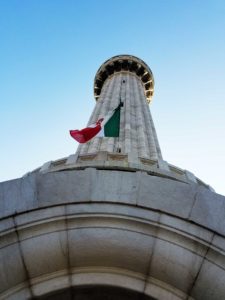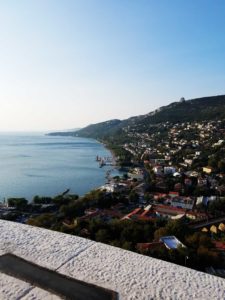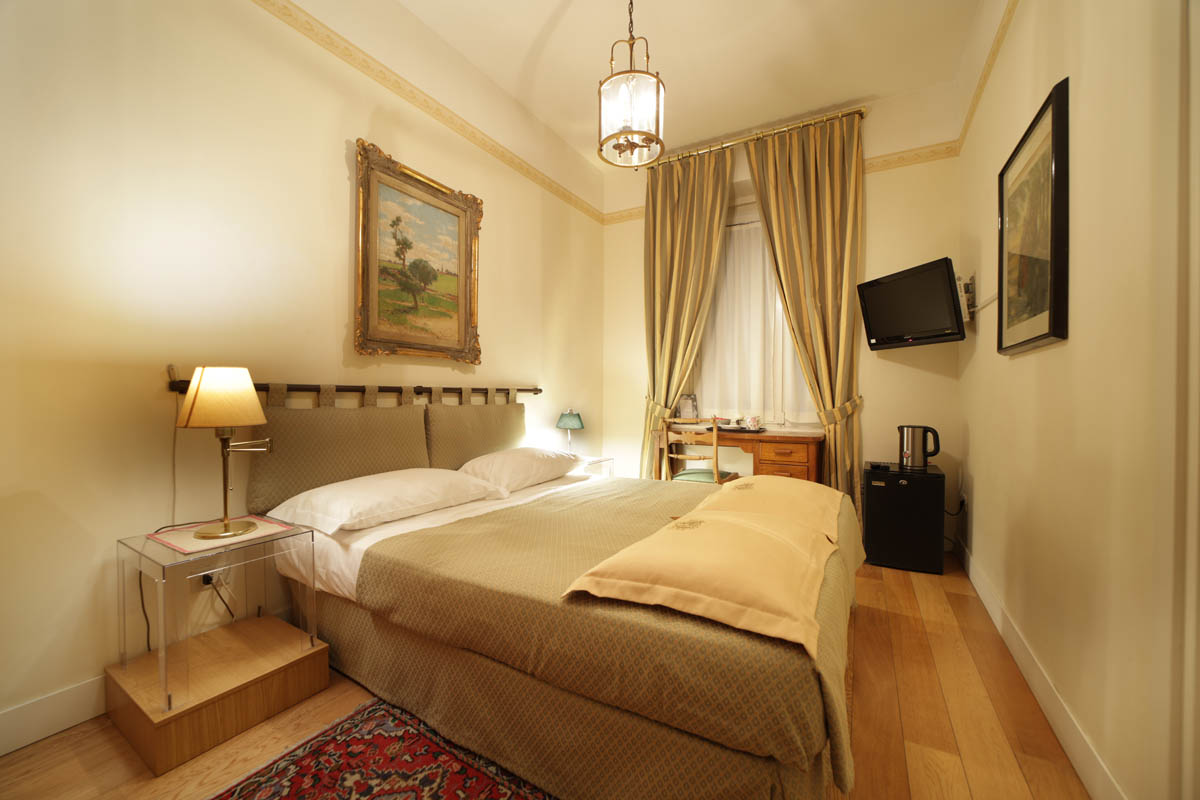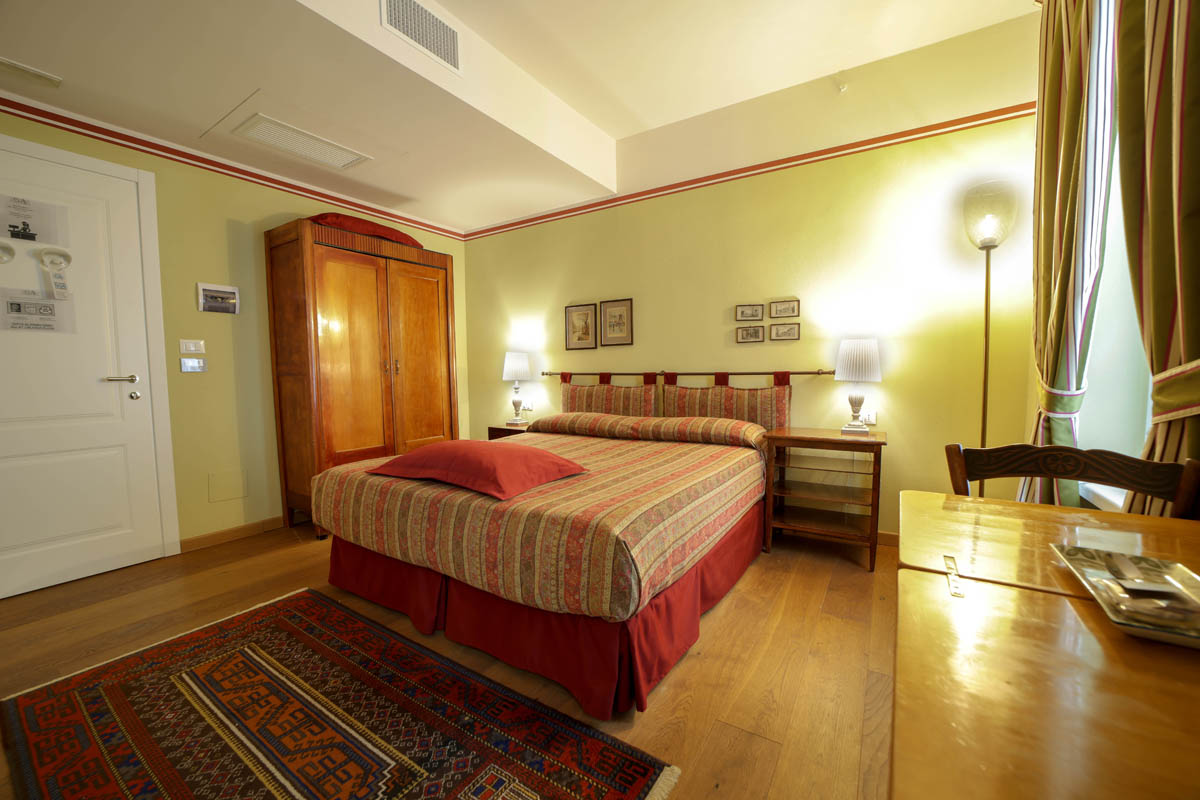The lighthouse is a less travelled destination than other monuments in the city, yet it can offer a unique experience, especially during the week of Barcolana, when sails paint our gulf white.
National military monument
A national monument under the dependence of the Navy, the Lighthouse was built between 1923 and 1927, immediately after the end of World War I. The need to replace the lantern to satisfy the port’s needs was closely related to a wish to build a monument to celebrate the city’s passage to the Kingdom of Italy and commemorate the war dead.
Symbolic elements to celebrate the Italian victory
With the structure’s base made of stones from Istria and Carso, the lighthouse was built in one of the most important locations in the Austro-Hungarian Empire: Fort Kressich. A large and vital military complex, then considered a jewel of military architecture, the fort was built by the Austro-Hungarian Empire to defend the city from possible sea raids and probably also to quell any rebellions in the city. The base of the Victory Lighthouse incorporates much of the fort.
All parts of the Lighthouse’s structure are highly symbolic:
- the anchor resting on its base is that of the destroyer Audace, the first Italian ship to enter the port
- the chain on the flowerbed at the base of the lighthouse and the bullets at the entrance belonged to the Austro-Hungarian battleship sunk in the base of Pola in 1918 by Italian Navy raiders
- the statue placed on the front facade of the lighthouse base depicts the unknown sailor who scans the sea
- on top, the winged victory statue, in copper, holds a torch in its left hand and a laurel column in its right hand. A curiosity: the crown on Victory’s head hides the lightning protection system.
When and how to visit the Lighthouse
Opening hours vary by the seasons, so you should consult the official website. Usually, it is open on certain days between April and November, excluding rainy days – when the environment is risky for lightning – and strong bora days. There is often a special schedule on Barcolana days.
The elevator can be used and the average visit lasts 15 minutes, including ascent and descent. Reservations are not necessary.





